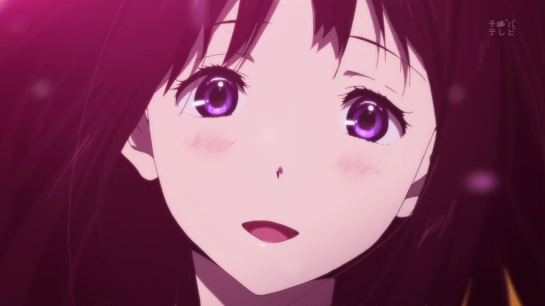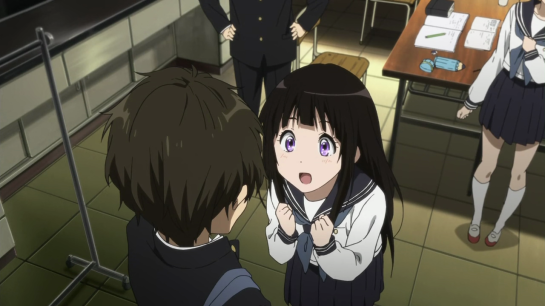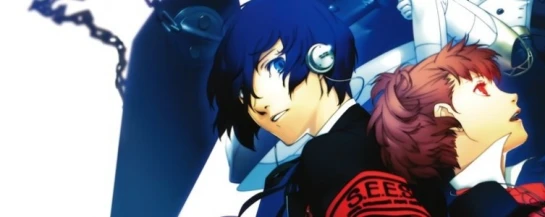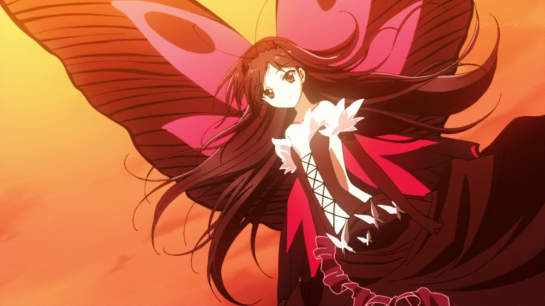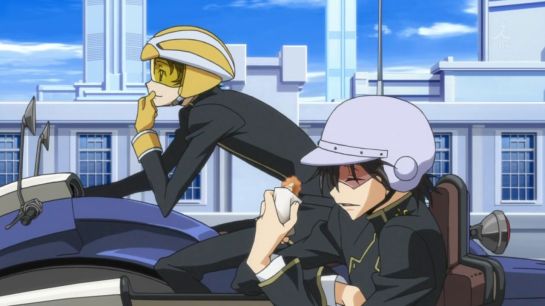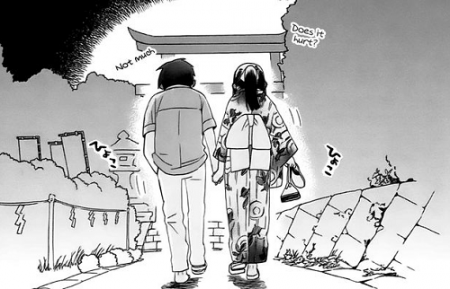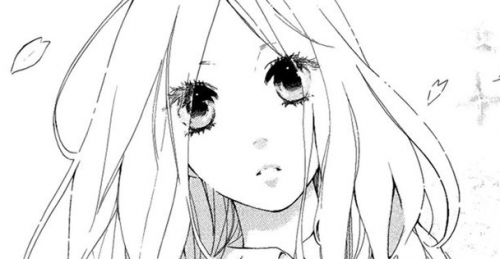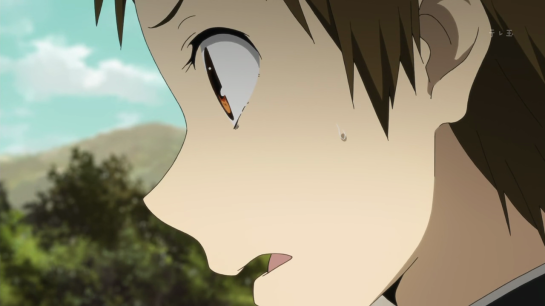In part two of our series on Chitanda Eru, we take a look at the reasons why Chitanda behaves as she does. What compels this girl to do as much as she can for people? Why is she so eager to please and be earnest with what she does? I feel her actions are mostly driven by her role as the future Chitanda family head and the upbringing that was likely associated with it. Not only that, but Chitanda is a person with a great sense of duty, which drives her to do whatever she needs to in order to get a job done. Together, these two parts of Chitanda’s being produce an inexorable desire to please others.
I highly recommend reading Ibu’s article on Chitanda’s two personas either before or after this. The articles were written with each other in mind, so they share a lot of ideas and fit together nicely.

